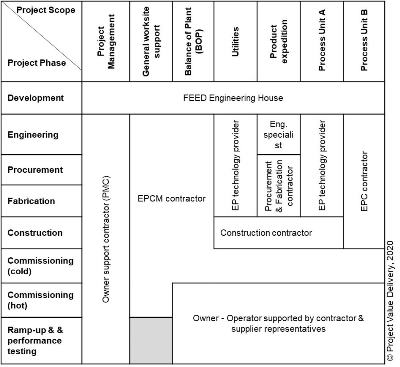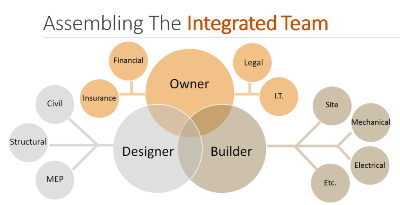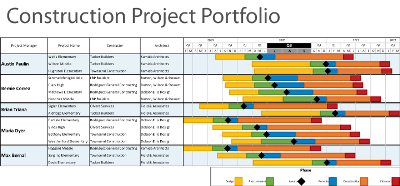How to Change the Main Contractor on a Problematic Project
Struggling projects sometimes require a change of the main contractor. This is feasible although it will have consequences on the overall project performance. However, having the possibility of this choice requires a number of precautions from the project onset. In our new White Paper 2021-12 ‘How to Change the Main Contractor on a Problematic Project’, we investigate in detail under which conditions swapping the main contractor can be possible and beneficial.
Sometimes a contractor will deliver a much weaker performance than expected. Consequences can be significant in particular if there are possible interface issues with other contractors (who will of course claim for delay, possible disruption and change of sequence and thus additional cost waiting for the last contractor to deliver).
From time to time, it is thus necessary for the owner to descope some part or an entire contractor remit and transfer the scope to another more competent or available contractor in the midst of project execution. This is a major event that has to be prepared carefully, if possible, by a dedicated discrete taskforce operating in parallel to the project implementation team.
This decision will require a lot of effort and be necessarily overall more expensive and time consuming than the original plan. However, it is sometimes the only way to complete the project in an acceptable span of time and budget.
This transition can only happen at certain definite milestones of project execution which correspond to a transition between activities.
In order for the owner to be in the best negotiation position in this occurrence, certain conditions need to be fulfilled in terms of contracts, document control systems, project control and procurement.
Descoping a contractor is a rare occurrence but may be necessary depending on the circumstances. We have witnessed successful occurrences, therefore it needs to be considered as a viable strategy. Certain conditions need to be fulfilled, in particular a good grip of the owner on its documentation and project control, so as to be able to pursue the project in good conditions. In general, it is important for the owner, from the beginning, not to place itself in a position to be taken hostage by the contractor. While de-scoping and re-awarding part of the scope will generate substantial work and have consequences on the project, it can be better than sticking with the original plan and this should always remain in the mind of the owner as an option.
If you can’t access the link to the white paper, copy and paste the following link in your browser: https://www.projectvaluedelivery.com/_library/2021-12_changing_main_contractor_v1.pdf











